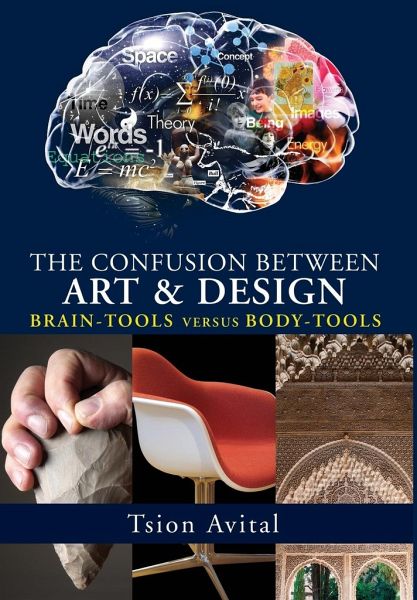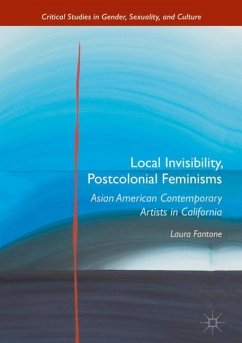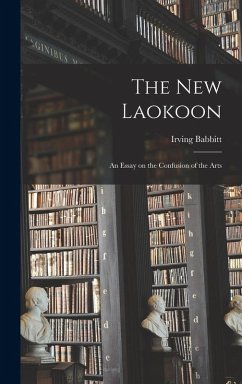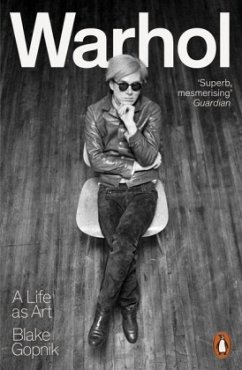
The Confusion between Art and Design
Brain-tools versus Body-tools [Premium Color]
Versandkostenfrei!
Versandfertig in über 4 Wochen
141,99 €
inkl. MwSt.
Weitere Ausgaben:

PAYBACK Punkte
71 °P sammeln!
In the past century the borders have blurred between art and design. Designers, artists, aestheticians, curators, art and design critics, historians and students all seem confused about these borders. Figurative painting was reduced to graphic design while still being called 'art'. Figurative sculpture was reduced to nonfunctional industrial design while being called 'sculpture'. This fundamental blunder resulted from total misunderstanding of the concept of "abstraction" by the founders of modern art. Comprehensive analysis shows that so-called "abstract art" is neither abstract nor art, but ...
In the past century the borders have blurred between art and design. Designers, artists, aestheticians, curators, art and design critics, historians and students all seem confused about these borders. Figurative painting was reduced to graphic design while still being called 'art'. Figurative sculpture was reduced to nonfunctional industrial design while being called 'sculpture'. This fundamental blunder resulted from total misunderstanding of the concept of "abstraction" by the founders of modern art. Comprehensive analysis shows that so-called "abstract art" is neither abstract nor art, but a very simple, even trivial, kind of design. In this book the prehistoric, philosophical, logical, historic and religious sources of the confusion between art and design are analyzed. A new and coherent conceptual framework is proposed, to distinguish between art and design. Nearly one hundred distinctions, contradistinctions and comparisons between art and design are presented, showing clearly that they are totally independent domains. Philosophy of art books are written by philosophers for philosophers, not for artists and designers; therefore they are irrelevant for the latter, especially for students who normally lack the necessary conceptual training. This book is not only for theoreticians but for art and design practitioners at all levels. This is a new kind of book: an illustrated philosophical book for the art and design world, which can make philosophical knowledge accessible and useful for solving real problems for designers and artists who are mostly visual rather than conceptual thinkers. The book contains over two hundred images; thus art and design people can easily follow the arguments and reasoning presented in this book in their own language; images. Lack of distinction between art and design harms both. Design is contaminated by the ills of modern art, while modern art cannot recover from its current stagnation whilst under the illusion that it is actually art rather than design.













